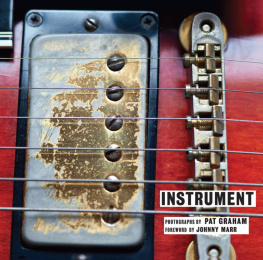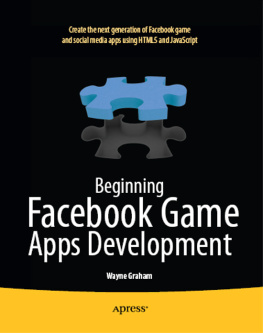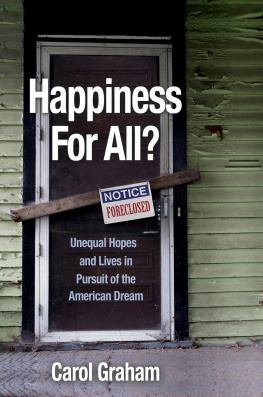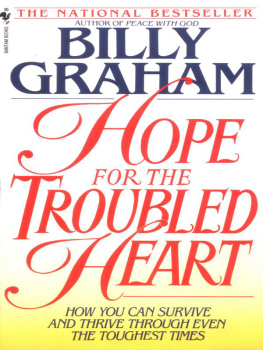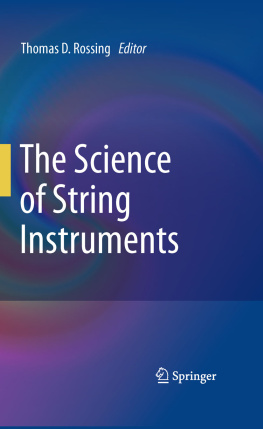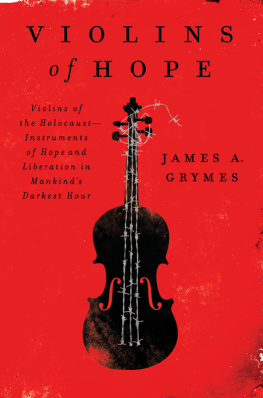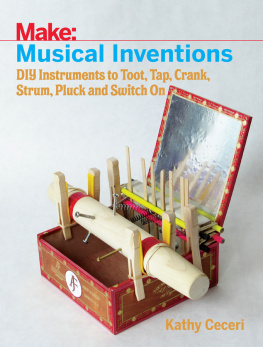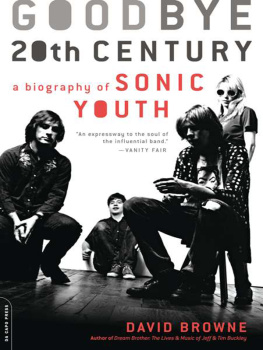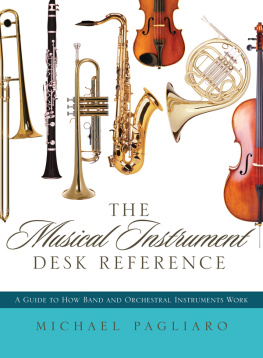For my son, Huw, and my father, William Graham
This is a book about relationships. The relationship between musician and instrument, craft and machine, artist and muse, friend and companion.
There are a lot of myths and ideas about the relationship between a musician and an instrument; all of them true, and all of them are here. As you will see, some musicians carry their instrument through life with them like a precious object to be protected and treasured; some artists rely on their instrument to do the work in a way that only that particular guitar, or snare, or keyboard can do; while others take it for granted that the instrument they acquired all those years ago will always do what they do together, like a companion or sibling, no question, no option.
Pat Graham understands that all of the above is true for each of the musicians in this book. Ive travelled with Pat on trains and planes, in cities and stations, and I cant ever think of a time when he wouldnt be holding his camera. Ive seen him taking pictures before he climbed in a tour bus bunk and then again as he got out of the bunk the next morning. Its because he has exactly the same relationships with his own instrument that he understands all of this stuff, and why he had the idea for this book in the first place. That, and the fact that hes a brilliant artist in his own right, who takes photographs that are completely unique and memorable.
The first picture I saw for this book was the shot of Ian Mackayes SG pickups. It struck me immediately as a portrait, art for sure, and definitely more than just a photo of a part of a guitar. It was a portrait of something that had a story, a soul even, and a relationship with someone.
This is also of course a book about amazing photographs, one thats taken a lot of hard work and dedication to make happen. Its a testament to the respect that these musicians have for Pat Graham that they were prepared to present their most treasured instruments and share their stories for him and his camera. Im glad and proud that hes done it.
Johnny Marr

The instruments are things most people dont think about much while at a concert or listening to their favorite records. I spend so much time with musicians that people invariably ask me if I play an instrument. My answer is always the same: I love music, but I leave the music to the experts. What inspired me to start taking photos of bands were the people playing the music and the instruments they were playing.
I have always thought the best music photos are ones of someone doing something to a guitar, a bass, or a set of drums. I love shots of an artist enraptured with his or her instrument, completely lost in the moment.
Some of my favorite music photosJim Marshalls shot of Jimmy Hendrix setting his guitar on fire at the Monterey Pop Festival; Charles Petersons photo of Kurt Cobain upside down on stage playing his guitar circa 1992are interesting to me not only because of the musicians and the events, but also because of the instruments that are central to the scene. These photos inevitably leave me wondering how the instruments survived and what they look like now.
Musicians form an incredible bond with their instruments. Its a relationship that often has plenty of ups and downs. The instruments and musicians travel the same miles and play the same shows. The instruments, of course, are also gear, and as such they are abused as they travel, slammed around in the underbellies of planes and buses. And to make matters worse (or better) the instruments are also battered, drenched with sweat, stood upon, punched, screamed into, and frequently abused (or caressed) as they are being played until they make just the right sound. Sometimes musicians take a beating, too.
I love to watch and photograph Isaac Brock. Over the years, I have seen him elicit the craziest sounds from his guitars through movement and bending, twisting and screeching. His is a very physical relationship in which the instrument and artist test each others limits.
Its not only guitarists who behave this way. While on tour with The Cribs, I watched Ross Jarman, their tall and lanky drummer, rain abuse on his drum kit night after night. At one point, he stood on one kick drum while beating the other with a drumstick, all the while keeping his balance. It added to the visual aspect of The Cribs live experience, and to the music.
Johnny Marr is another of my favorite guitarists to shoot, and he has shown me how close the relationship between guitar and musician really can be. I have always appreciated that Johnny has his guitar in hand or nearby before every gig. He and his guitar leave the dressing room as a unit before every performance. I have even caught him brushing his teeth before a show with the guitar hanging in its rightful place, firmly in his grasp.
To me, this relationship between musician and instrument creates not only the basis for great music, but eventually a beautiful, tangible landscape. I was amazed to see the way a small cut on Modest Mouse drummer Joe Plummers hand created a wonderful abstract image on a drumhead by the end of a gig.
Its also fascinating to see the way the repetitive motion of playing a guitar erodes the wood of the instrument. The sounds drawn from worn musical instruments can be inspired and emotive, and the visual images of these instruments can also provoke intense visceral responses.
In 2001, I was asked to photograph Ian MacKaye for Guitar World magazine. The brief instructed me to shoot Ian and his white Gibson SG. I didnt want to make a corny portrait of Ian standing there holding his instrument. Instead, I set out to shoot Ian and his guitar in the style of a landscape, featuring the surface of the instrument. Ian described his SG as a piece of art. With the cracks, abrasion, and varied color fading created by Ian playing it relentlessly over the years, the guitar had become sculptural. The resulting photographs were, to my eye, as intense and abstract as Fugazis music. I was immediately hooked on the idea of the instrument as a musical landscape, and I wanted to see and photograph the surface of as many of the instruments that were used to produce my favorite music as possible.
Creating music is a very personal experience, yet musicians love to share their music with other people. Most of the instruments pictured in this book carry personal stories about their owners, and Im very lucky to have been given the opportunity to both photograph the instruments and document their hidden narratives.
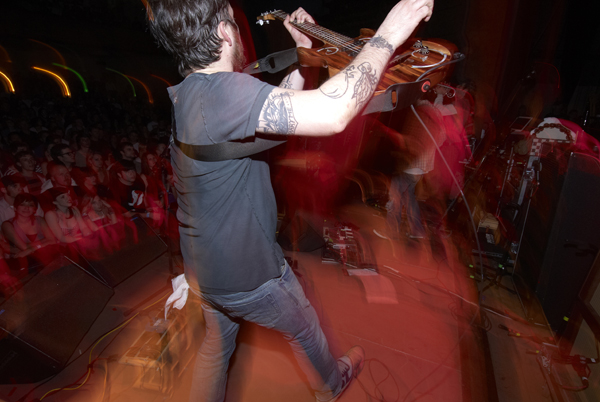

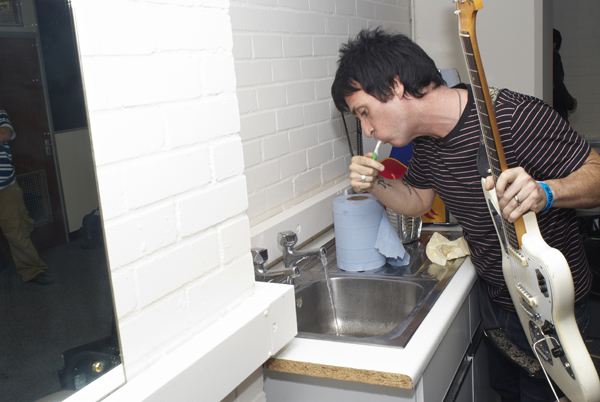

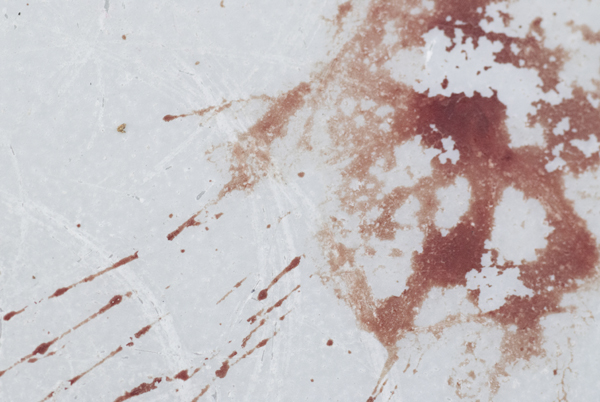
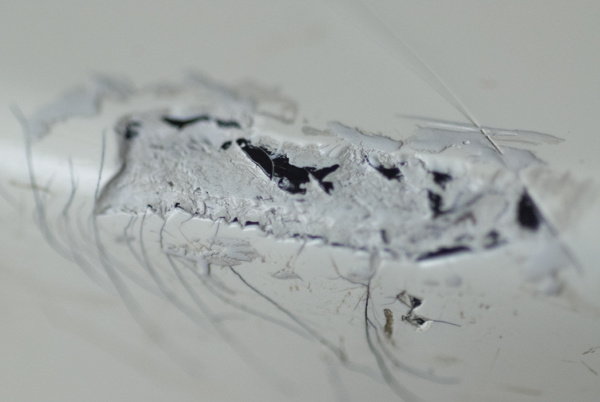
The Shins, Broken Bells
Harmony Silvertone Jupiter guitar
Gibson J-50 guitar
The Jupiter is my guitar. Its the one that I got signed with. It has beer stains and sweat stains and is corroded and abused. It was designed and manufactured by Harmony in the .50s for students and kids, then labeled Silvertone and sold by Sears in the mid-.60s. Thirty years later I traded a stolen guitar for this one and added the fancy bridge. It has Dearmond pickups that sound amazing, and its short scale gives it a wobbly sound that keeps you guessing.

